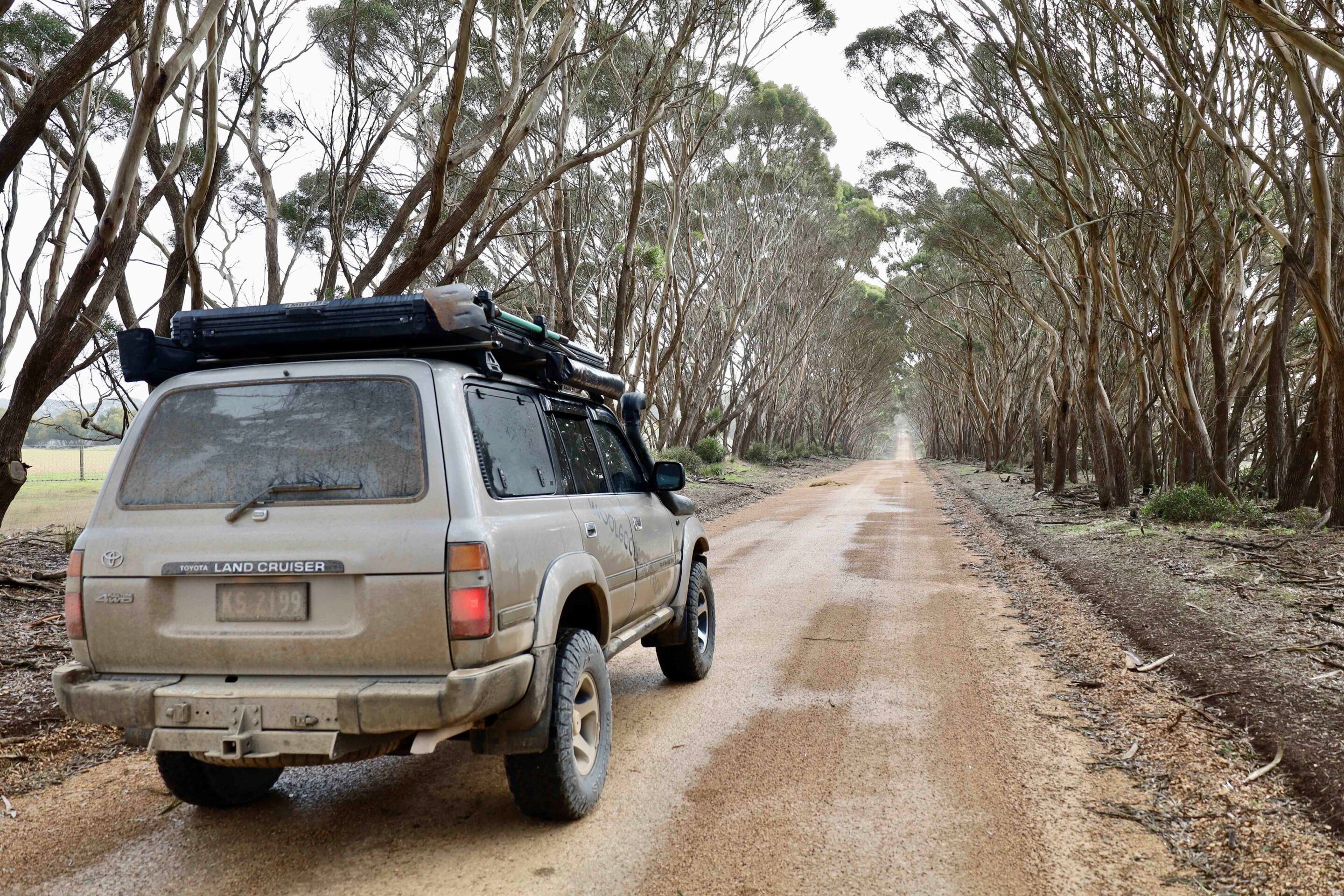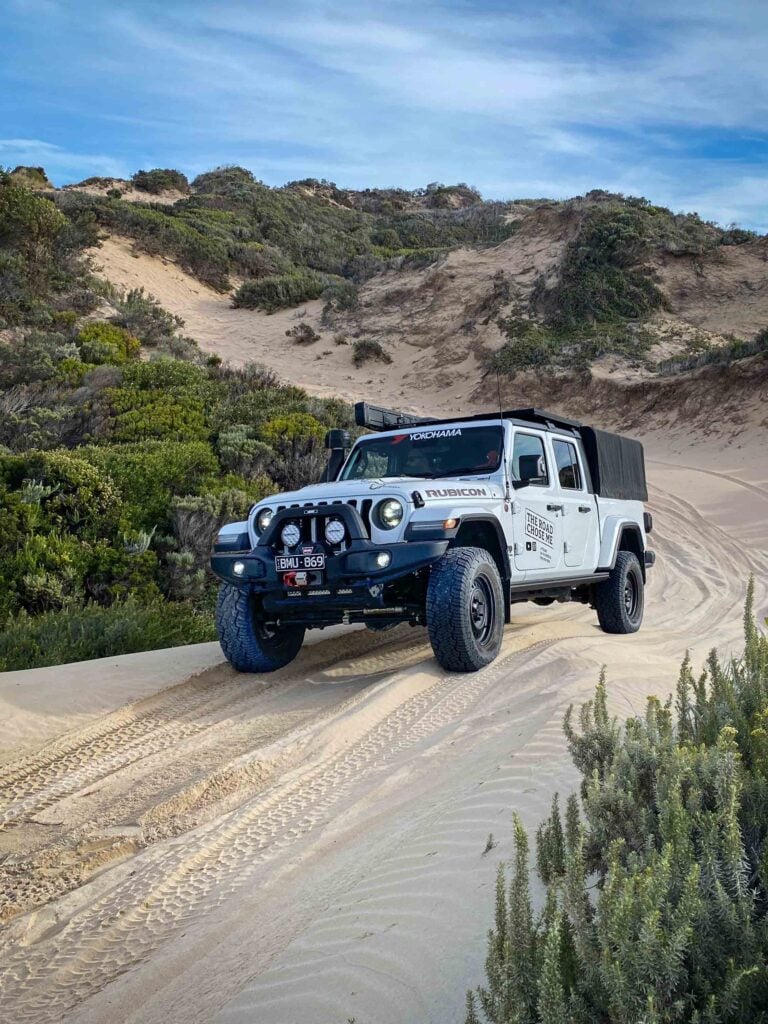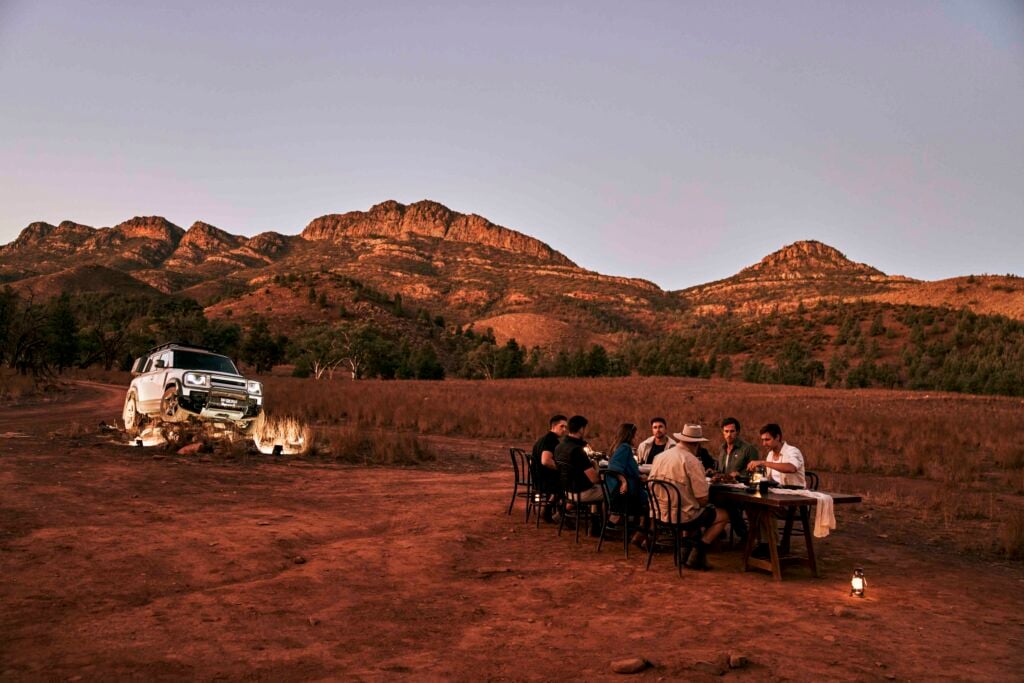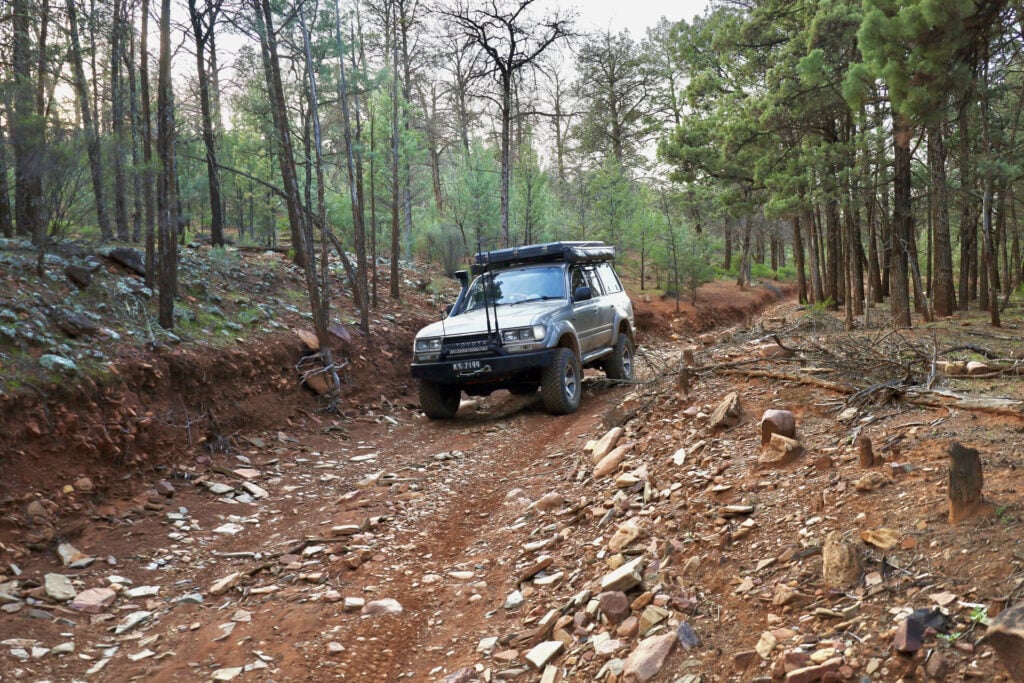Kangaroo Island had long been on my radar, sitting just 100km south of Adelaide and only a short ferry trip away. With a few weeks up my sleeve, I finally pointed the rig out of Adelaide and booked a spot on the 14km barge ride across Backstairs Passage. Advance bookings are essential.
This deep and often dangerous strait was formed nearly 13,000 years ago when rising seas cut Kangaroo Island off from the mainland. Explorer Matthew Flinders charted the area in 1802 and named it Backstairs Passage, a nod to its position between Gulf St Vincent and the Southern Ocean.
Narrow waters, heavy swells and breaking seas have claimed many ships here, prompting the construction of South Australia’s first lighthouse at Cape Willoughby in 1851. The dangers remain very real – even in 2005, two inexperienced sea kayakers lost their lives attempting the crossing.

Kangaroo Island is Australia’s third-largest island after Tasmania and Melville Island off Darwin. Its Indigenous history is just as impressive, with artefacts dating back at least 16,000 years. The Aboriginal name for Kangaroo Island is Karta Pintingga, meaning ‘Island of the Dead’. Before the island was cut off from the mainland, three tribes lived across KI, and over the years archaeologists have uncovered stone hammers, shell middens, cave shelters and ceremonial sites.
After the 40-minute ferry ride, you instantly feel like you’ve escaped the mainland. There’s a sense of calm and isolation that sets in the moment you roll off the barge. The gateway to KI is Penneshaw, the island’s second-largest town with a population of just 275. It’s known for its historic streetscapes and local attractions, with penguin-spotting at night, the beautiful Hog Bay beach, and one of the island’s best lookouts at Ironstone Hill.
There’s no set way to explore Kangaroo Island – it really comes down to time and personal interest. Across the island you’ll find wineries, local produce, guided adventure tours, fishing charters and plenty more. The island’s main town of Kingscote has everything you need – fuel, food, bottle shops and a spread of local boutiques. It’s the perfect place to re-stock, grab a pie and wander the streets to get a taste of KI life.
About an hour’s drive west lies Flinders Chase National Park, a destination worthy of several days’ exploring. Here you’ll find the Kelly Hill Caves, wildlife sanctuaries, the striking Remarkable Rocks, a network of walking trails and the historic Cape du Couedic lighthouse.
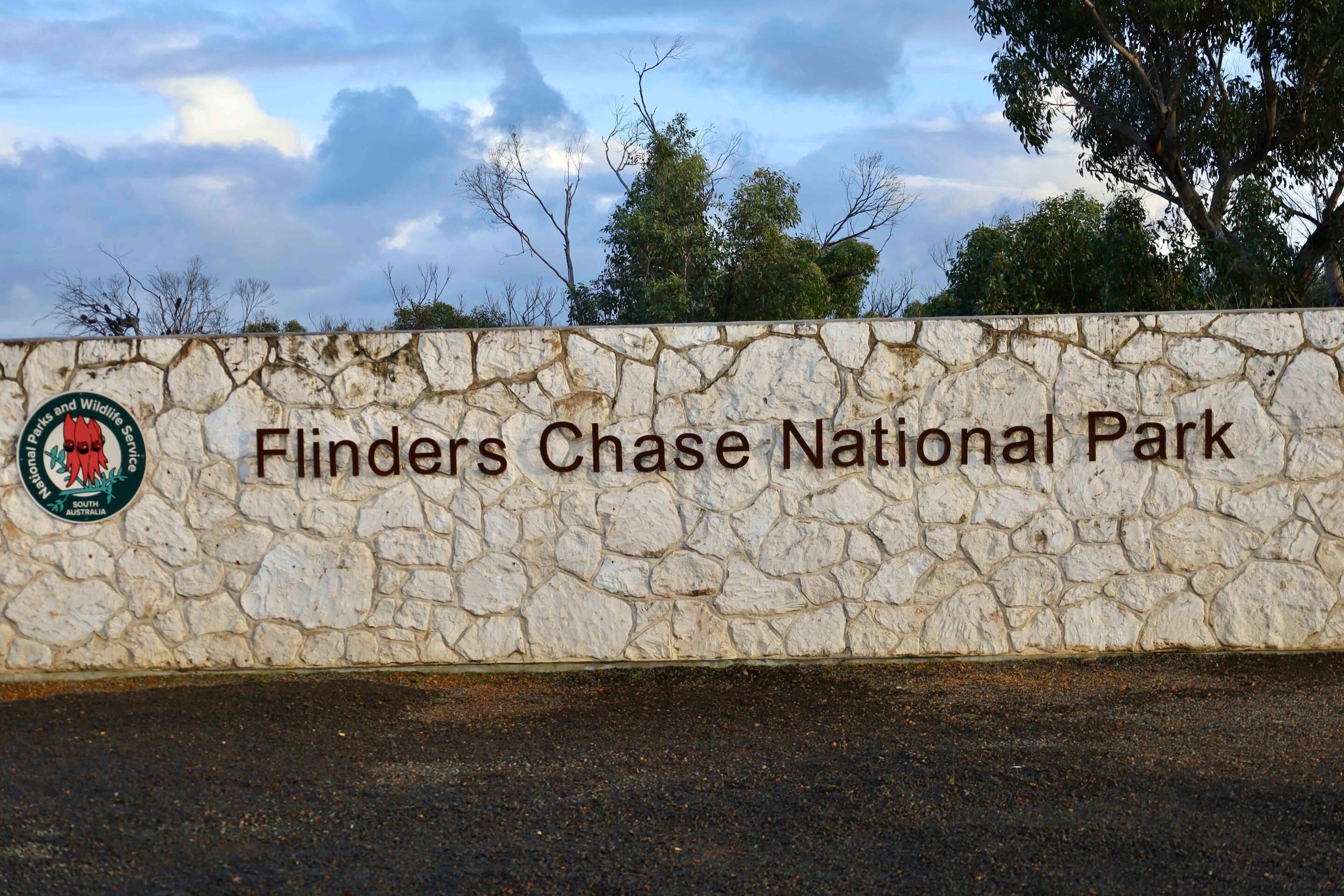
Kangaroo Island lighthouses
For a relatively small island, Kangaroo Island is home to three lighthouses thanks to its rugged coastline and exposure to the Southern Ocean.
Cape Willoughby Light Station, just south of Penneshaw, sits high on a hill overlooking the coastal plains and across to the mainland. Matthew Flinders first navigated the nearby channel in 1802, and soon after whalers and sealers began working the area. It quickly became clear a light was needed to help vessels through the treacherous seas.
By 1852 the lighthouse was completed, powered by a 15-wick oil lamp. It was converted to kerosene in 1920, and today an efficient LED still shines from the tower, providing a crucial navigation aid. A self-guided heritage trail winds around the grounds, with a dozen landmarks to explore.
Cape Willoughby is often the coldest place in South Australia, and its tower – built from granite and lime mortar – is also the state’s oldest lighthouse. Known as the Sturt Light, it was named after inland explorer Charles Sturt, who helped secure the funding needed for its construction.
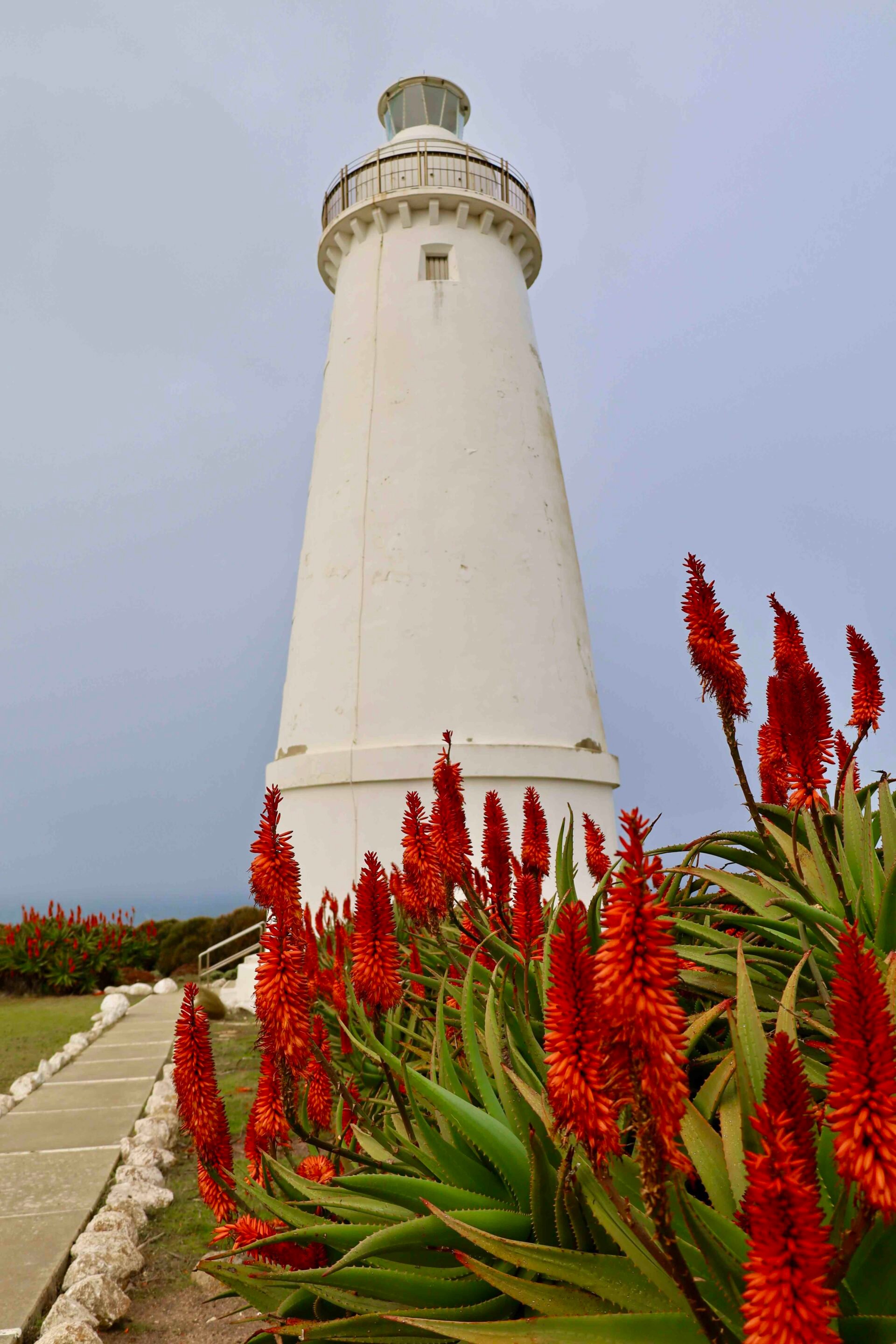
On the far western side of the island lies the remote Cape Borda Lighthouse, built in 1858 to guide ships through the rough waters of Investigator Strait. The unusual square tower with its high dome stood virtually cut off from the rest of the island until 1928, when a rough track was pushed through to link it with Kingscote. For decades before that, supply ships visited only a few times a year, landing some 8km away in a small cove.
The grounds today are rich in history, with remnants of the weather station, stores, workshops, powerhouse and telegraph station still on display. During the devastating 2020 bushfires, firefighters fought desperately to save the historic site. Forced to retreat at one point, their earlier efforts paid off, with only a BBQ shelter and toilet block lost.
Cape Borda was built for navigation, but also had a defensive role at a time when governments feared foreign interests in the region. A small cannon still sits at the site, though it was never used in anger – in fact, its range couldn’t even reach the cliff edge. Instead, it was fired daily at 1pm so ships could set their chronometers, and to signal favourable weather to returning supply vessels. Reputation-wise, Cape Borda is known as one of the coldest and windiest points in South Australia.
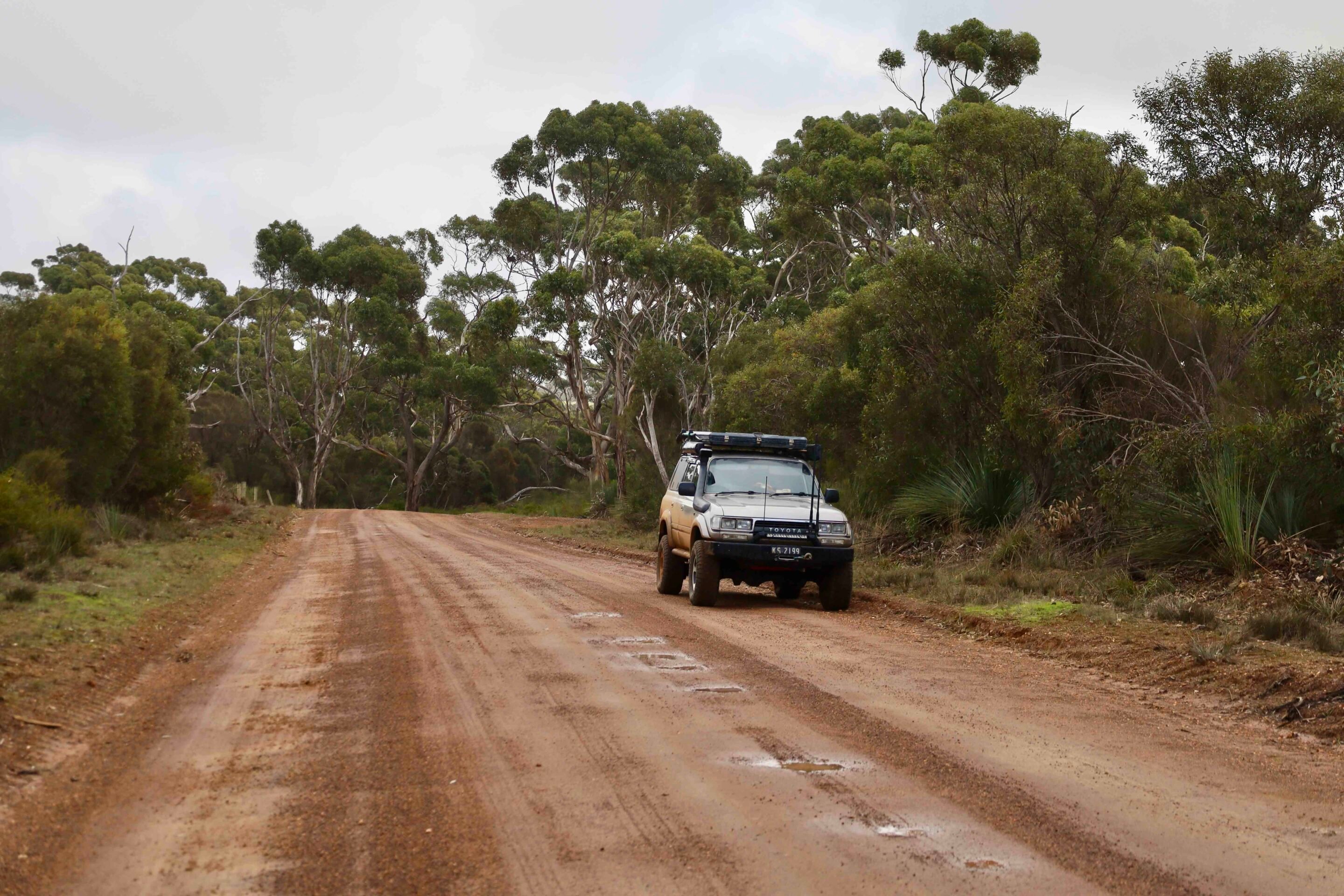
To the south, in Flinders Chase National Park, stands the beautiful Cape du Couedic Light Station. This elegant granite tower was completed in 1902 after several ships were lost to the hidden reefs offshore.
The cape itself was named in 1803 in memory of a French naval officer who died while commanding his ship in 1780. Today, lighthouse tours are available during peak times and give visitors a great insight into both the tower’s history and the surrounding area.
Cape du Couedic is also the starting point for three walking tracks. From here you can watch long-nosed fur seals lazing on the rocks below, or head out to the Remarkable Rocks and the dramatic, wind-swept Admirals Arch formation.
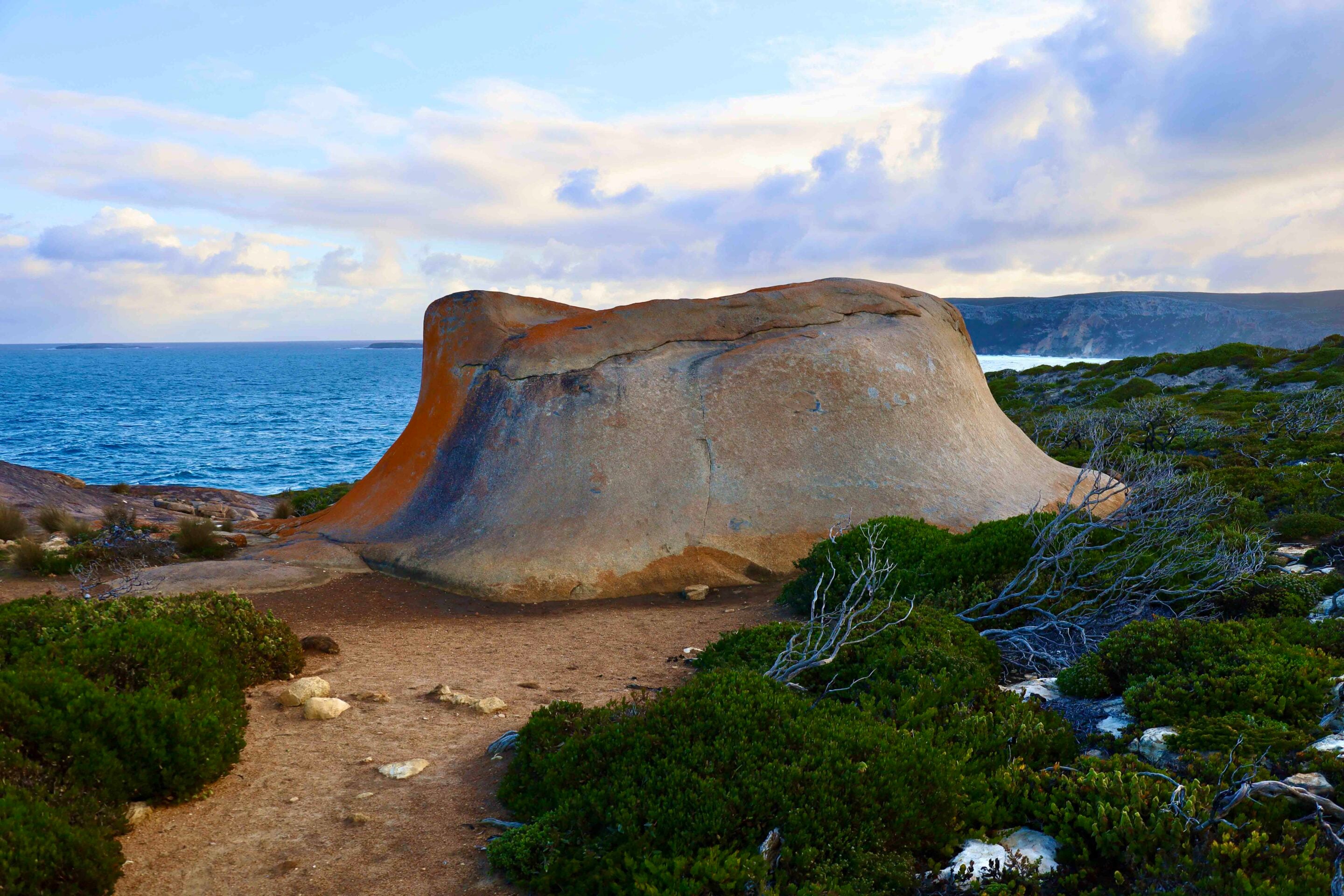
Best places to visit
Kangaroo Island stretches 155km in length and up to 55km in width, with a sealed highway linking the main towns and key tourist sites.
The island is often divided into eight distinct regions, each offering its own scenery, backdrops and character. Around a third of the land is set aside as national park or conservation reserve. A network of unsealed roads crisscrosses KI, leading to countless natural wonders and off-the-beaten-track experiences. The western side of the island is still recovering from the devastating 2020 bushfires. Undergrowth is slowly returning, walking tracks have reopened, and most of the 4×4 routes are accessible, albeit with caution.
For something different, the Stupa Buddhist Retreat offers a peaceful escape from the mainstream, with space to reflect and recharge. Seal Bay Conservation Park is another must-visit, where you can get up close with the resident sea lions from the boardwalk and viewing platforms.
Across the island you’ll also find plenty of camping options – from secluded sites in thick forest to spots overlooking the water. I visited in early spring, when the weather was still cool and damp, and some tours and facilities were closed for the off-season. The upside was having fewer people around, which made exploring the island all the more rewarding. The trick is not to underestimate how much time you need on KI. Allow at least a week to soak in its solitude, scenery and unique way of life.
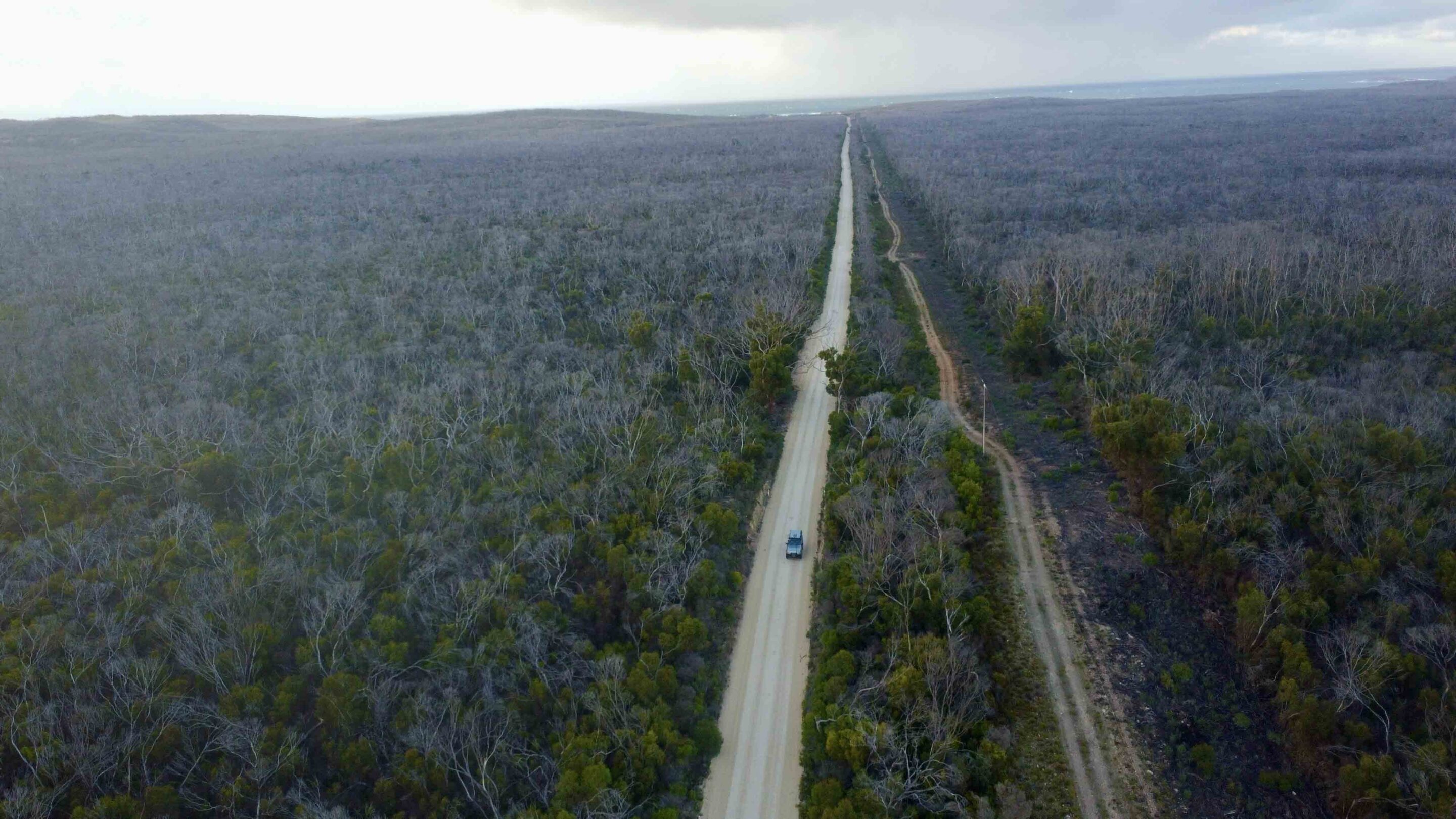
How to get to Kangaroo Island
Kangaroo Island lies off Cape Jervis at the southern tip of the Fleurieu Peninsula, just over 105km south of Adelaide. Sealink ferries operate daily, with multiple crossings to and from the island.
Australia’s third-largest island is 55km wide, nearly 155km long and sits only 15km off the mainland. While many of KI’s roads are unsealed, they’re generally well maintained for locals and visitors alike. From rolling green hills to the rugged beauty of Flinders Chase National Park, through to remote beaches and wild headlands, Kangaroo Island is as diverse as it is stunning. Allow at least a week to make the most of what it has to offer.
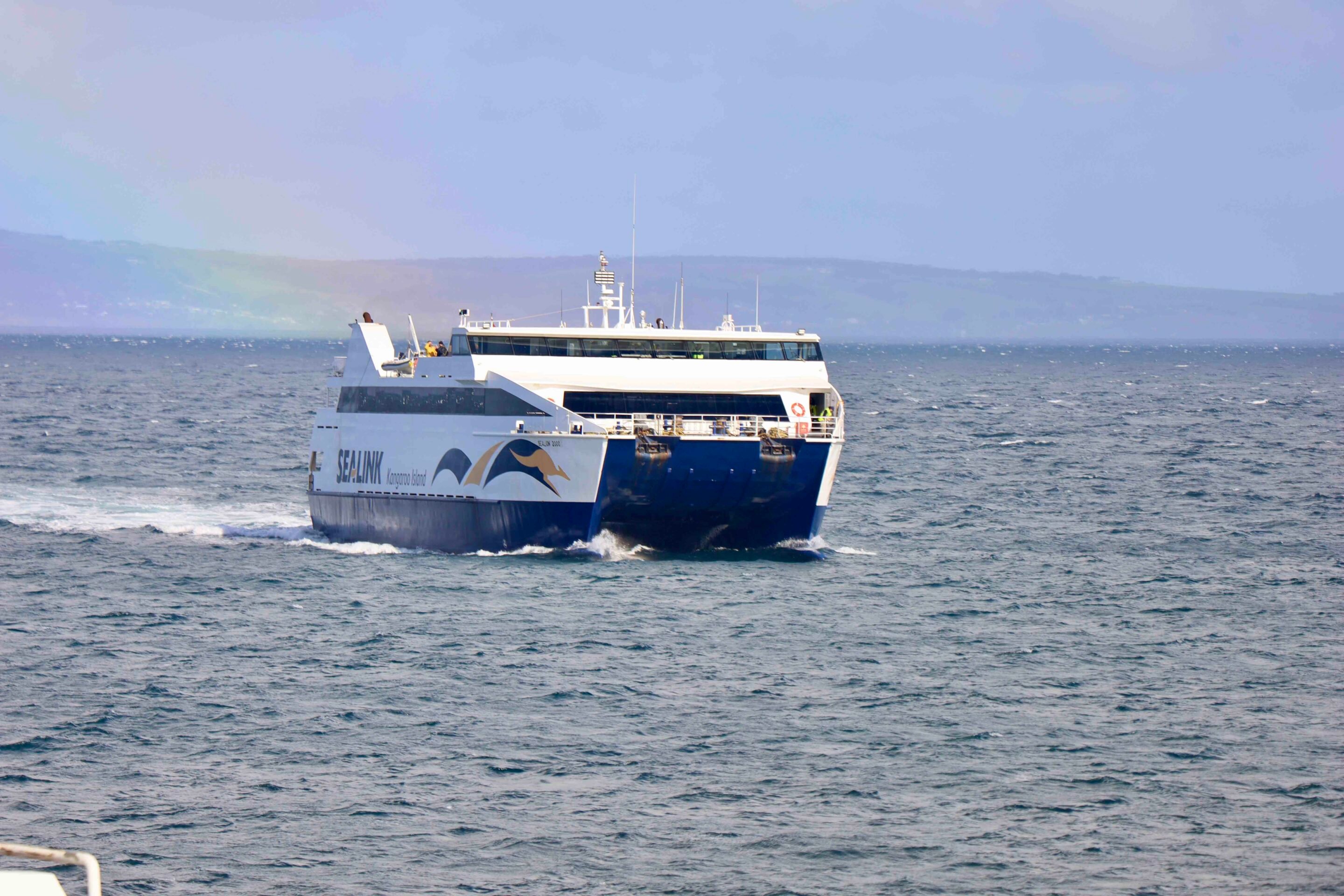
How to spend your time
For its size, Kangaroo Island packs in plenty to see and do. Adventurers can tackle walking trails, drive out to remote lighthouses, or explore secluded headlands and beaches. There are also quad biking tours, sand boarding and kayaking for those chasing a thrill.
If you’d rather take things slower, the island’s food and wine trails showcase local produce, while wildlife encounters are around every corner. It’s also the perfect place to simply relax and recharge. Flinders Chase National Park offers remote drives, caves to explore and some of the best bush camping you’ll find anywhere. And don’t miss Stokes Bay – named Tourism Australia’s Best Beach in 2023.
Barge and road conditions
A trip to Kangaroo Island isn’t cheap for a short visit, but it deserves a spot on everyone’s bucket list. Bookings are essential for the barge to and from the island, and services can be cancelled when seas are rough.
Most of KI’s roads are unsealed but generally in good condition, making it easy to explore beyond the main tourist trail. Camping options are scattered right across the island, though sites must be booked online – and keep in mind that mobile service can be patchy in some areas.
- For ferry details visit: www.sealink.com.au/kangaroo-island
- For visitor information go to: www.tourkangarooisland.com.au
We recommend
-
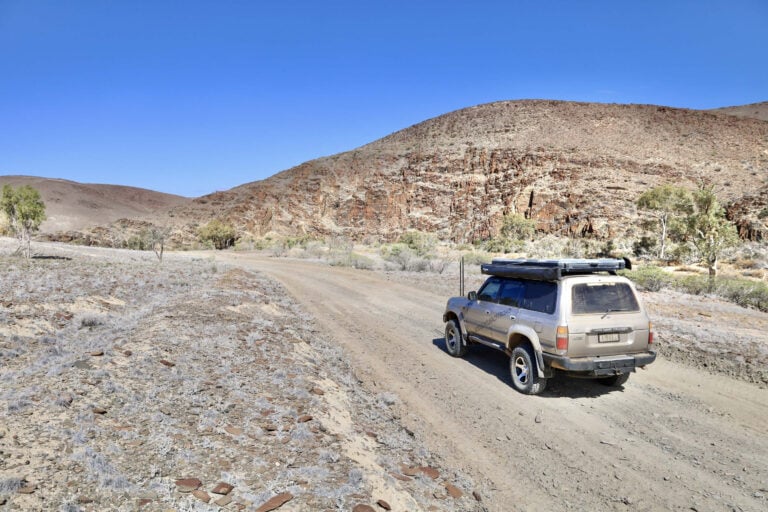 Explore SA
Explore SAMount Freeling Track, from Lyndhurst to Arkaroola
Stunning landscapes, geological wonders, Aboriginal and European history, rough 4x4 tracks, a good dose of isolation, and amazing campsites
-
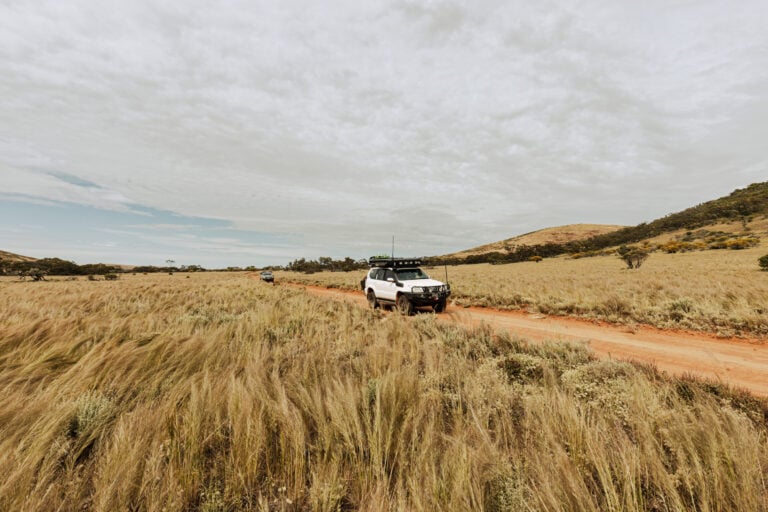 Explore SA
Explore SAFive of the best 4x4 destinations in South Australia
Some of Australia's most stunning 4x4 destinations are located within the state of South Australia!
-
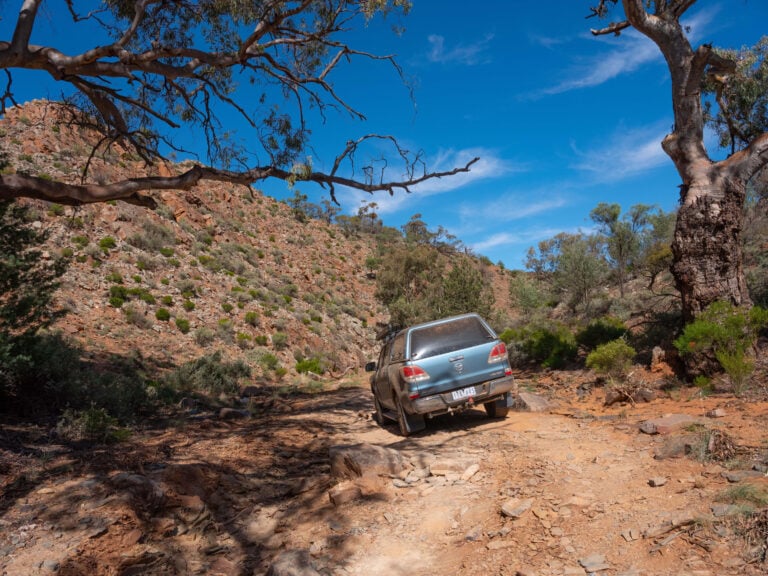 Explore SA
Explore SATouring Bendleby Station's challenging 4x4 tracks
Bendleby Station is a must-visit destination for anyone keen on polishing their off-road driving skills

